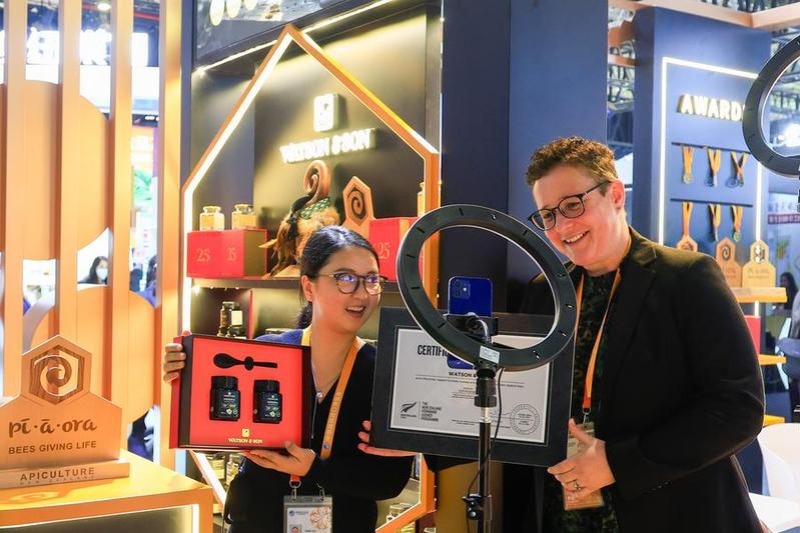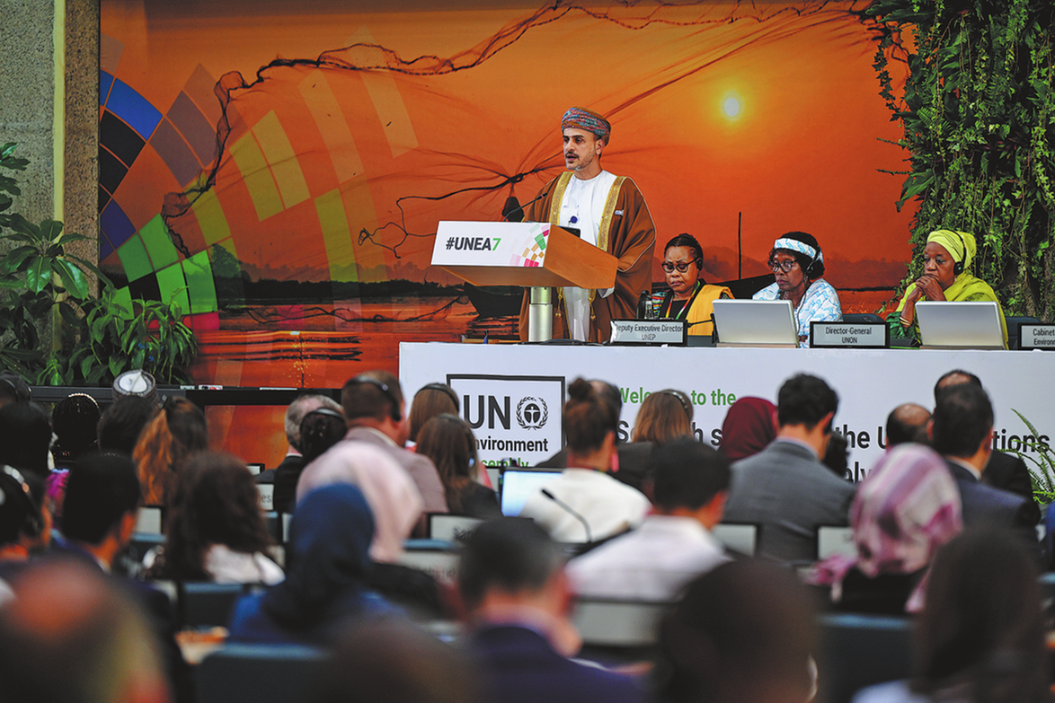Fort Jesus, standing testament to rich past of Kenya
By Otiato Opali | China Daily | Updated: 2022-12-31 09:55

Cultural melting pot
The fort was designed by Giovanni Battista Cairati, an Italian architect hired by the Portuguese to design forts in its colonial possessions in Africa and Asia, and was the first Italian-style bastion constructed outside of Europe. In April 1593 the fortress was named "Fortaleza de Jesus de Mombaca" by Mateus de Mendes de Vasconcelos, who was in charge of Portuguese possessions on the East African coast at the time.
Although Fort Jesus' design is considered a masterpiece of trace italienne military fortification, local Swahili people contributed much of the masonry technique, building materials and labor.
There are several facilities within the fort for visitors to see including a house built in the 18th century for the Omani sultans, who in the late 17th century wrested the fort from the Portuguese after a protracted siege. "Here, you will find jewelry, weapons and other artifacts from the Arab occupation of the fort," Juma said.
"We also have the Mazrui Hall, which houses decorations and artifacts left by the fort's changing inhabitants through the centuries. It also has wall paintings and sketches from Portuguese sailors, drawings of Arab dhows, and pictures of traditional Swahili sailing ships," he added.
The fort features a Swahili Cultural Centre established in 1993 to educate visitors on traditional Swahili ways of life, Swahili influence on occupants of the fort, and Swahili arts and crafts. A museum located at the center of the fort displays Portuguese warships sunk during the siege conducted by the Arabs in 1697, which lasted three years and marked the final expulsion of the Portuguese from the region.
The museum also features artifacts collected along Kenya's coast that show the importance of this region to Asian trade networks long before the arrival of the Portuguese. Among the artifacts is a collection of porcelain from China's Ming (1368-1644) and Qing (1644-1912) dynasties. Though the younger pieces were likely brought by the Portuguese from their East Asian base in Macao, it is believed that the oldest pieces were brought to East Africa by Zheng He (1371-1435), a Ming admiral who commanded the largest fleet ever assembled at the time on a series of missions to bring far-flung states into the traditional Chinese tributary system.
























